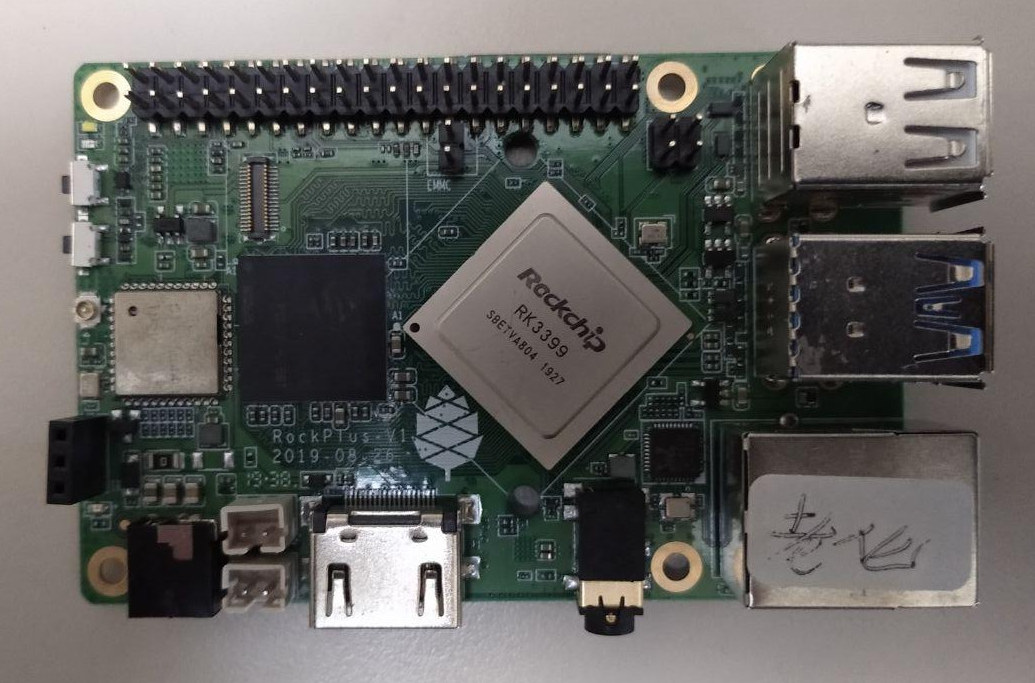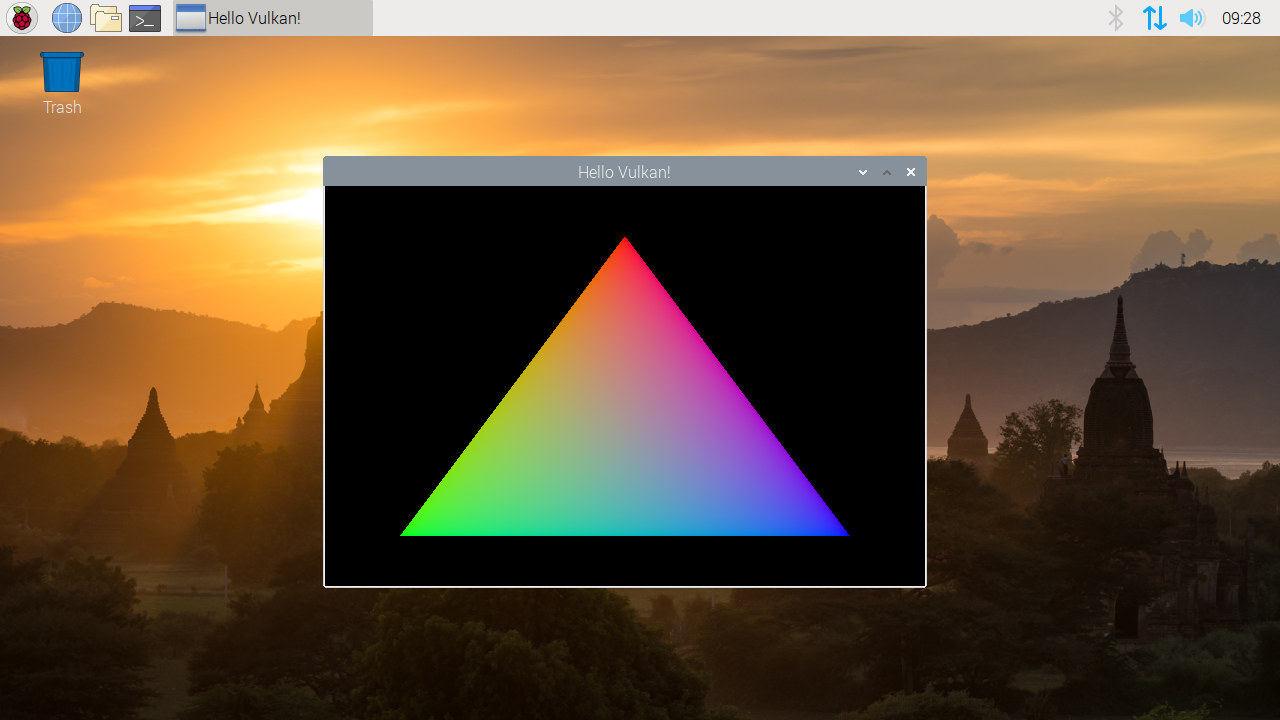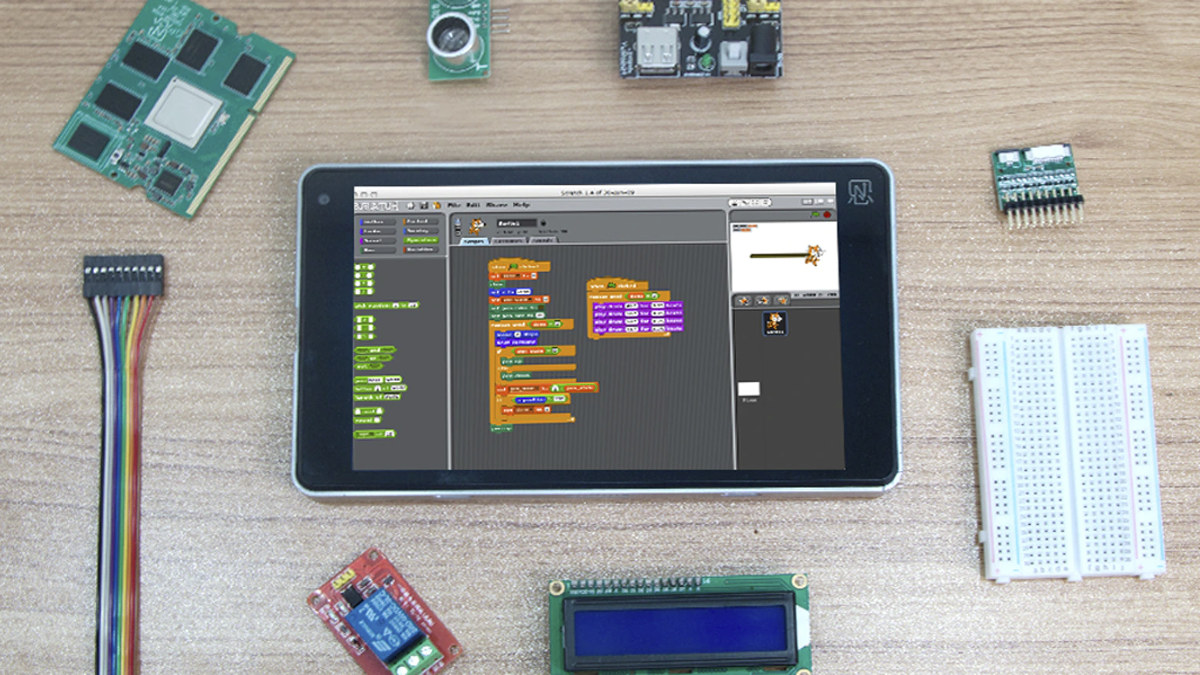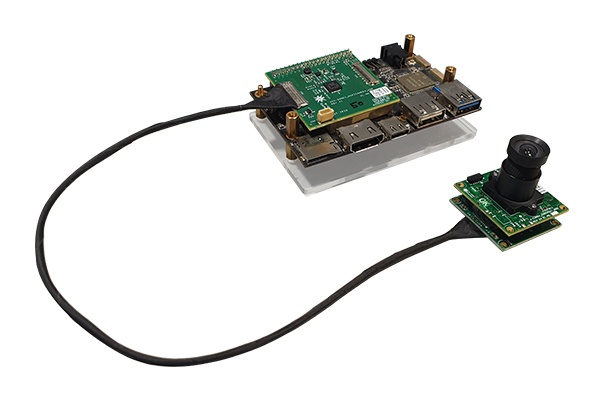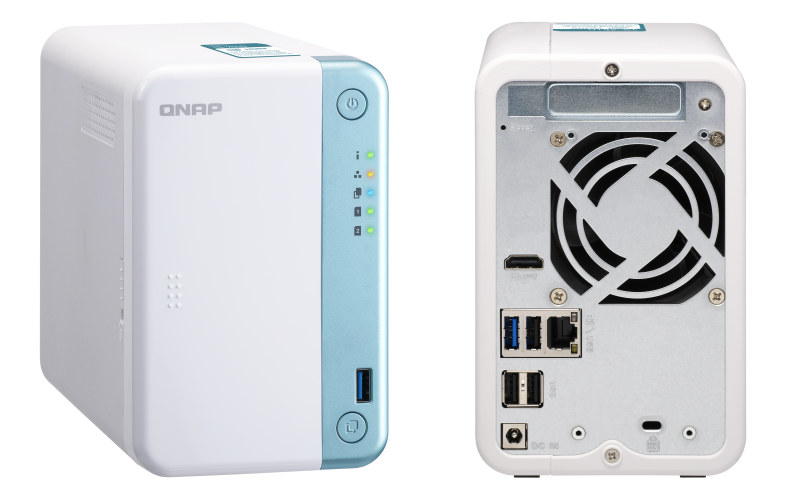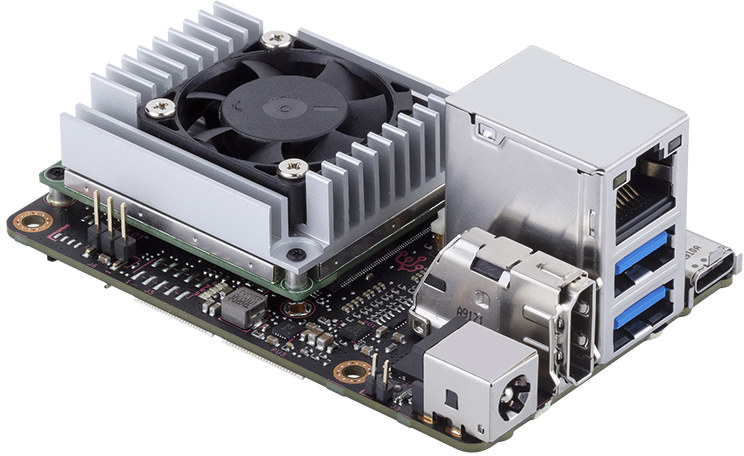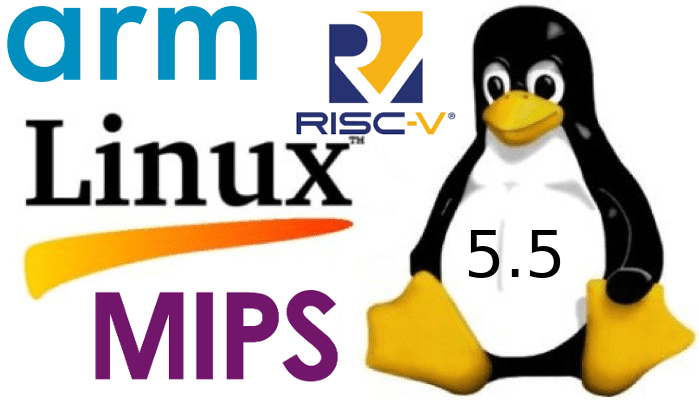If you thought we didn’t have enough Rockchip RK3399 SBCs already, Pine64 is working on a smaller and cheaper version of the RockPro64 single board computer with HardROCK64 SBC powered by RK3399 processor and following Raspberry Pi form factor. HardROCK64 specifications: SoC – Rockchip RK3399 hexa-core processor with 2x Arm Cortex-A72 @ up to 1.8 GHz, 4x Cortex-A53 @ up to 1.4 GHz, a Mali-T864 GPU, and a VPU with 4K VP9 and 4K 10-bit H265/H264 decoding System Memory – 1GB, 2GB or 4GB LPDDR4 Storage – SPI flash, eMMC flash socket, MicroSD card slot Video Output – HDMI 2.0, AV port, MIPI DSI connector Audio – Analog stereo audio via AV port, digital audio via HDMI Camera – MIPI CSI connector Connectivity – Gigabit Ethernet, dual-band WiFi 5 (802.11ac) and Bluetooth 5.0 USB – 2x USB 3.0 ports, 2x USB 2.0 ports Expansion – 40-pin Raspberry Pi compatible header […]
Raspberry Pi 4 is Now OpenGL ES 3.1 Conformant, Work on Vulkan Drivers Started
Raspberry Pi 4 Model B 4 was launched last June with a new Broadcom BCM2711 SoC featuring an upgraded Videocore VI GPU supporting OpenGL ES 3.0 graphics API. Some drivers only implement a subset of OpenGL 3.0/3.1 3D graphics standard defined by the Khronos Group, and the good news is that Raspberry Pi 4 Model B is now OpenGL ES 3.1 conformant, as it passed all tests in Khronos conformance test suite. That means that any Linux programmed using OpenGL ES 3.1 API should work out of the box, although in some cases there may be issues/bugs that were not detected by the test suite. The Vulkan API is an evolution of OpenGL ES API that is meant to be more power-efficient as it better makes utilize of multi-core processors. The Raspberry Pi Foundation has also started working on Vulkan support for Raspberry Pi 4, and while the driver is […]
Ntablet Android & Linux Tablet Features a Replaceable RK3288 CPU Module, GPIO Board
Most tablets on the market either run Android or Windows, and while some have tried to launch Linux tablets, none of the products have really caught on, although the upcoming PINETAB might change that. Another option might be Ntablet 7″ tablet that runs either Android, Debian or WebOS Linux operating systems, but also offers some innovative features such as a replaceable Rockchip RK3288 CPU module, and an external GPIO board for makers. Ntablet hardware specifications: SoC – Rockchip RK3288 quad-core Cortex-A17 processor @ 1.8 GHz with Mali-T760 quad-core GPU System Memory – 2GB LPDDR3 Storage – 16GB eMMC flash, MicroSD card slot up to 32GB Display – 7″ touchscreen IPS display with 1920×1200 resolution Video Output – Micro HDMI port Audio – 3.5mm headphone jack Camera – 5MP front-facing camera (OV5648 sensor) Connectivity – 802.11b/g/n/ac WiFi 5 and Bluetooth 4.0 via Ampak AP6255 module USB – 1x USB 2.0 port, […]
96Boards compliant Rock960 Development Board Gets a 5.0MP MIPI CSI Camera
VAMRS Rock960 is a 96Boards compliant development board based on Rockchip RK3399 processor that was first unveiled in 2017, but last year it got a low-cost version with Rock960 model C selling for as little as $69. All variants of Rock960 come with MIPI CSI signals exposed via the 60-pin high-speed connector defined in 96boards specifications. So it needs a MIPI adapter board to connect the camera, and a couple of years ago, instructions were posted explaining how to use a MIPI CSI camera on 96boards such as Rock960. It now appears the MIPI adapter board is not for sale on eBay anymore, but that not an issue as e-Con Systems has just launched e-CAM50_CU96 5.0 MP camera designed to work with Rock960 board, and by extension, I assume, other 96boards compliant SBCs that expose a MIPI CSI interface. e-CAM50_CU96 is comprised of three main components: e-CAM55_CUMI0521_MOD camera module with […]
QNAP TS-251D 2-Bay NAS Comes with an Intel Celeron J4005 SoC, HDMI, PCIe Expandability
QNAP has introduced a 2-bay NAS powered by an Intel Celeron J4005 Gemini Lake SoC coupled with 4 GB SO-DIMM DDR4 memory. QNAP TS-251D also offers the option of getting an extra 5 or 10 Gigabit Ethernet port via PCIe card and supports video playback and output thanks to an HDMI 2.0 port. QNAP TS-251D specifications: SoC – Intel Celeron J4005 dual-core Gemini Lake processor @ 2.0 GHz / 2.7 GHz (Burst) with Intel UHD Graphics 600 System Memory – 2x SO-DIMM DDR4 memory slots (8GB max) fitted with 2GB RAM for TS-251D-2G model 4GB RAM for TS-251D-4G model Storage 4GB flash memory with dual boot OS protection Drive Bay – 2x 3.5-inch SATA 6Gb/s slot compatible with both 2.5″ and 3.5″ drives; hot-swappable M.2 SSD slot available via optional QM2 PCIe adapter for SSD cache acceleration Connectivity 1x Gigabit Ethernet Port (RJ45) Optional PCIe adapter with 5-Gbps or 10-Gbps […]
ASUS Tinker Edge T SBC Launched for $168 and Up
ASUS unveiled Tinker Edge T & CR1S-CM-A SBCs based on Google Coral Edge TPU system-on-module featuring both NXP i.MX 8M processor and Google Edge TPU co-processor for AI acceleration in May 2019, but at the time none of the boards were available. But earlier this month, ASUS officially announced the board, and it can now be purchased on various sites including Provantage (~$168.35) and Physical Computing (21,600 JPY ~ $200). It is also listed on Connection for about $198 but currently out of stock. Edge TPU module SoC – NXP i.MX 8M quad-core Arm Cortex-A53 processor with Arm Cortex-M4F real-time core, GC7000 Lite 3D GPU ML accelerator – Google Edge TPU coprocessor delivering up to 4 TOPS System Memory – 1 GB LPDDR4 RAM Storage – 8 GB eMMC Flash memory Wireless Connectivity – Wi-Fi 2×2 MIMO (802.11b/g/n/ac 2.4/5GHz) Bluetooth 4.2 Baseboard Storage – MicroSD card slot Networking – Gigabit […]
Linux 5.5 Release – Main Changes, Arm, MIPS and RISC-V Architectures
Linux 5.5 has just been released by Linus Torvalds: So this last week was pretty quiet, and while we had a late network update with some (mainly iwl wireless) network driver and netfilter module loading fixes, David didn’t think that warranted another -rc. And outside of that, it’s really been very quiet indeed – there’s a panfrost driver update too, but again it didn’t really seem to make sense to delay the final release by another week. Outside of those, it’s all really tiny, even if some of those tiny changes touched some core files. So despite the slight worry that the holidays might have affected the schedule, 5.5 ended up with the regular rc cadence and is out now. That means that the merge window for 5.6 will open tomorrow, and I already have a couple of pull requests pending. The timing for this next merge window isn’t optimal […]
ESP Open Source Research Platform Enables the Design of RISC-V & Sparc SoC’s with Accelerators
FOSDEM 2020 will take place next week, and there will be several interesting talks about open-source hardware and software development. One of those is entitled “Open ESP – The Heterogeneous Open-Source Platform for Developing RISC-V Systems” with an excerpt of the abstract reading: ESP is an open-source research platform for RISC-V systems-on-chip that integrates many hardware accelerators. ESP provides a vertically integrated design flow from software development and hardware integration to full-system prototyping on FPGA. For application developers, it offers domain-specific automated solutions to synthesize new accelerators for their software and map it onto the heterogeneous SoC architecture. For hardware engineers, it offers automated solutions to integrate their accelerator designs into the complete SoC. If we go to the official website, we can see ESP (Embedded Scalable Platform) actually supports both 32-bit Leon3 (Sparc) and 64-bit Ariane (RISC-V) cores, and various hardware accelerators from the platform or third parties. Highlights: […]


